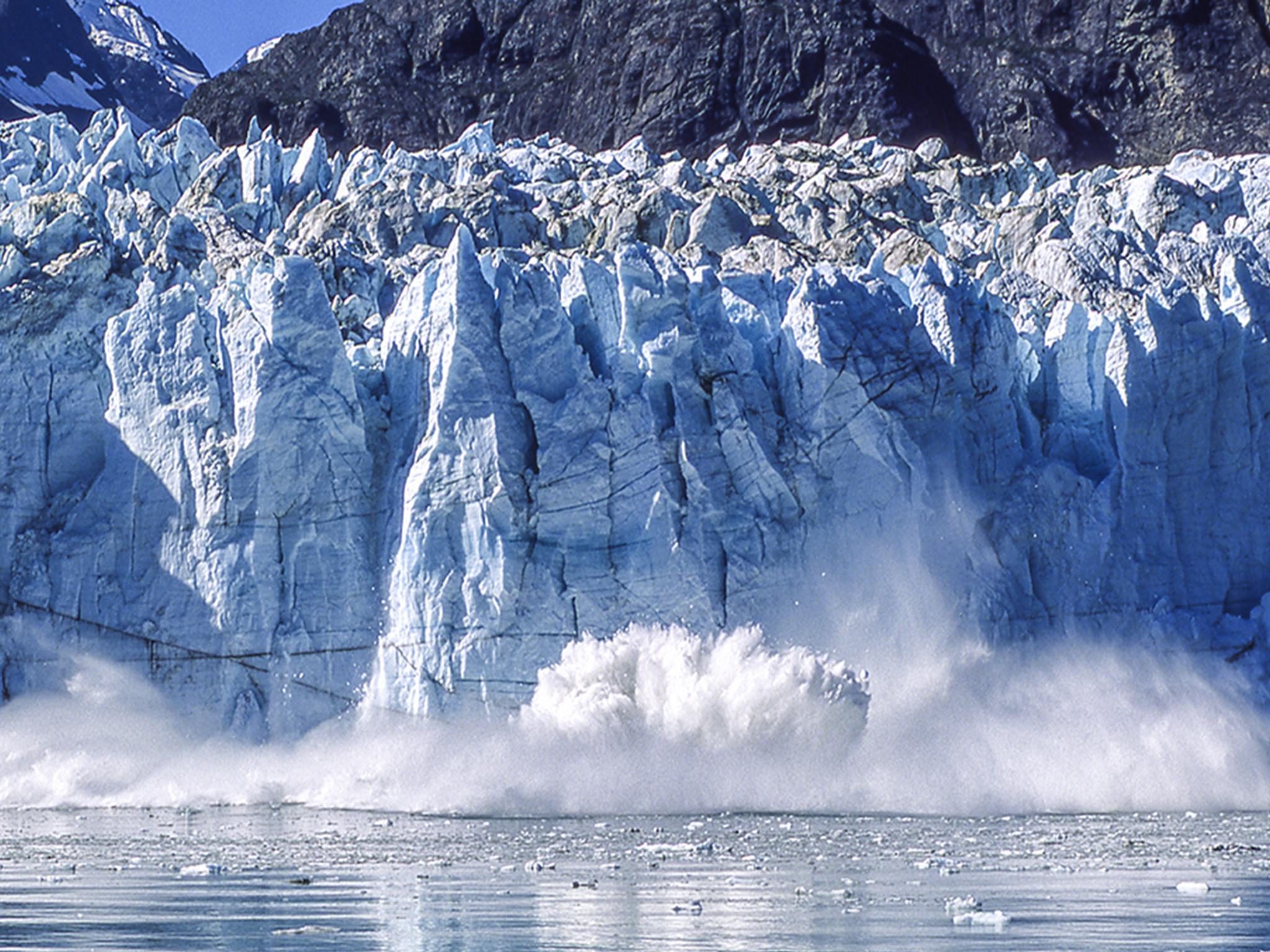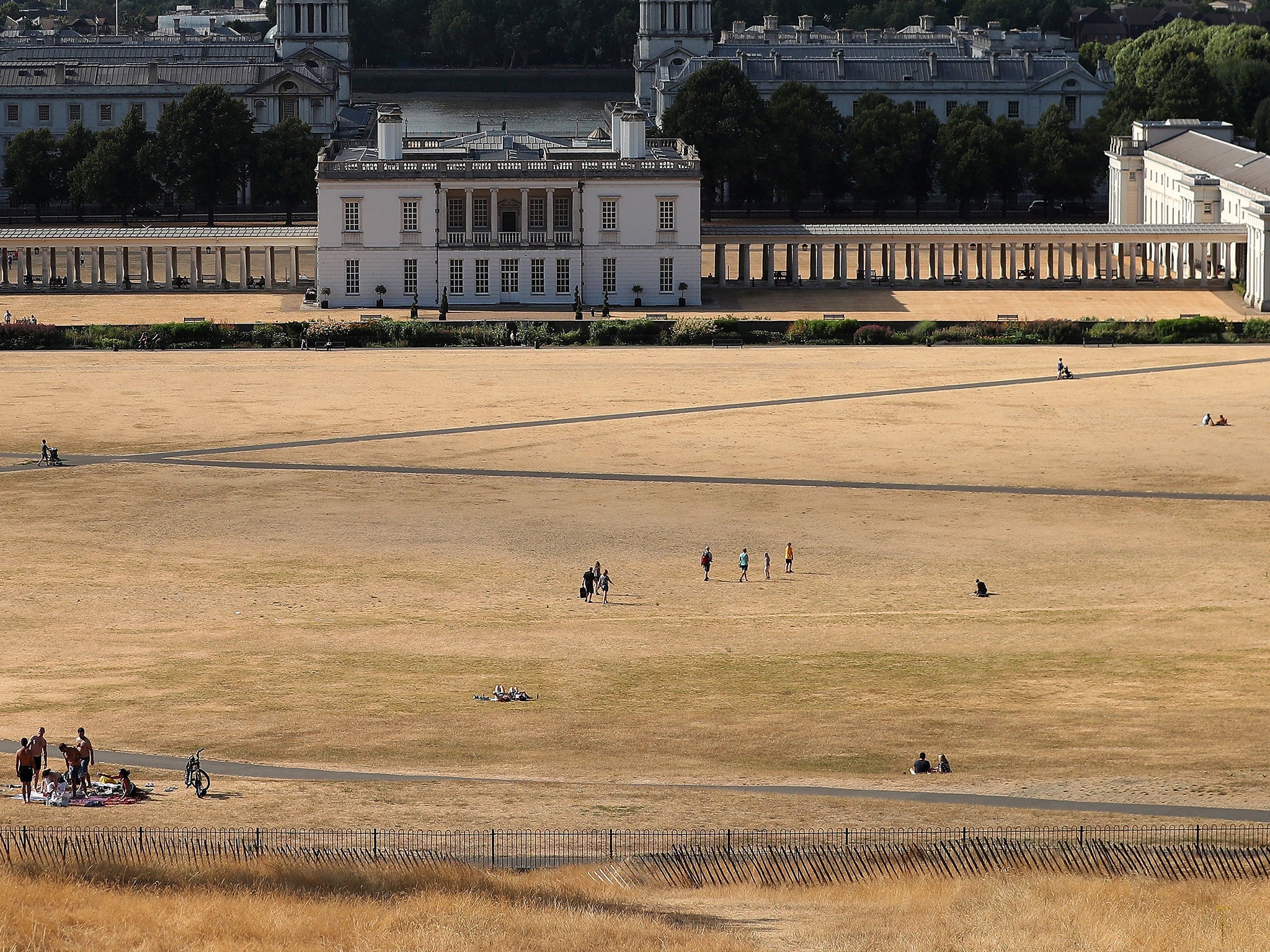Heatwaves and hothouses: Did 2018 provide the wake-up call we needed in the fight against climate change?
Many will hail this year as a milestone in global warming awareness – but as Josh Gabbatiss explains, warnings need to be translated into action or they will be worthless


This year was full of apparent wake-up calls. The first came over the summer when a heatwave swept the northern hemisphere, setting parts of the Swedish Arctic ablaze and pushing Europe close to its hottest temperature on record. While many in the UK welcomed the endless weeks of sunshine, there was a dawning sense that it was a little unusual. Even newspapers not normally associated with cutting-edge climate science seemed grudgingly to acknowledge a possible link to global warming.
To be clear, weather is not climate. When Donald Trump tweeted in 2013 that he was “in Los Angeles and it’s freezing”, that did not merit his conclusion that global warming is a hoax. It was December after all. But climate certainly does affect weather.
Over the last couple of years, scientists have become increasingly confident in identifying the “fingerprints” of climate change on extreme events, from the UK heatwave to hurricanes striking Texas, and flooding in India.
As global temperatures rise, the Met Office predicts that prolonged, intense periods of scorching heat will become the norm during British summertime, while rainfall increases in the winter months. Sceptics may sneer that climate scientists seem to be having it both ways, but the reality is climate change just makes everything more extreme, and more challenging.

In August, as the nation baked, scientists issued a warning that reminded everyone things could be a lot worse.
Their paper described a “hothouse Earth” in which out-of-control global warming led to the average temperature stabilising at up to 5C higher than current levels. The scientists, writing in the journal Proceedings of the National Academy of Sciences, explained how messing with the planet’s natural mechanisms for keeping temperatures stable – its rainforests, its permafrost – could trigger a domino effect that would be impossible to stop. Another wake-up call.
While this concept was not entirely new, it was pertinent. Descriptions that would once have seemed alarmist are now eminently plausible. As one scientist put it: “In the context of the summer of 2018, this is definitely not a case of crying wolf, raising a false alarm: the wolves are now in sight.”
The government still clings on to the dream of fracking but the resounding message from scientists is that we have run out of time for half measures
Then came the biggest wake-up call of all – a massive report by the United Nations Intergovernmental Panel on Climate Change. Though the report itself was a dense affair, packed with detailed analysis, one central message that emerged was the idea that we have 12 years to make serious cuts to greenhouse gases and avoid global warming’s very worst effects.
Coral reef extinctions, vanishing sea ice, millions driven from their homes by rising tides. These were just some of the predictions laid out in this report, compiled over three years using data collected meticulously by scientists around the world. Specifically, the IPCC was asked to investigate the difference between two different scenarios – 1.5 and 2C warming, both of which were mentioned in the Paris climate agreement.
While most efforts to cut fossil fuels have the 2C target in minds, the scientists were clear that 1.5C is where we need to be heading. At the moment, experts reckon we are set to hit 3C by the end of the century.

This is where the concept of “wake-up calls” run into difficulty. Scientists, politicians and indeed journalists often use this expression when they think something is so important it ought to be enough to provoke action. Whether it actually does or not is a different story.
Because of course, there have been wake-up calls before. The hottest UK temperature ever recorded was way back in the summer of 2003, only a couple of years before the release of Al Gore’s An Inconvenient Truth. As for this year’s IPCC report, it is only the latest in a series of hard-hitting declarations since the organisation was founded in 1988. In all that time, the science has got better, but the central premise has not changed hugely.
Yet in 2018, there is still a long way to go if that 1.5C target is to be achieved. We started the year with one climate change-denying strongman controlling a major world economy, and we have finished with two. Brazilian president-elect Jair Bolsonaro, who seems willing to drive a bulldozer through the Amazon rainforest himself, has even hinted at a desire to pull out of the Paris agreement, following in the footsteps of the climate-denier-in-chief, Donald Trump. Meanwhile, nations from Poland to China are still hooked on coal, and many developing countries lack the necessary funds even to begin their green transitions.
In the UK, things have been looking a little more positive. This year the Climate Change Act celebrated its 10th anniversary, and this landmark piece of legislation has served the country well in the decade since it became law. Indeed, Britain has cut its greenhouse gas emissions by more than 40 per cent while growing its economy by two thirds since 1990, setting an excellent example that has been imitated by countries around the world.
As for whether enough is being done – well then the answer has to be no. Much of Britain’s emissions cuts have come from an enthusiastic switch to renewable electricity. Now the low hanging fruit is gone, progress has slowed. In June the government’s own climate advisers warned that unless they introduced a suite of new policies, from rapidly phasing out petrol and diesel cars to planting vast forests of trees, the UK will miss its own legally binding targets for cutting emissions.

Instead, the government clings on to the dream of fracking, fails to adequately support new onshore wind and solar power, and enthusiastically backs new roads and Heathrow runways. While there may have been room for this kind of thinking in the past, the resounding message from scientists and campaigners is that we have run out of time for half measures.
Climate sceptics love to dredge up past warnings from newspaper headlines about impending climate disaster, asking why they should take anything scientists say seriously when none of those disasters have become reality. Well the truth is, they have become a reality. Carbon emissions are at record levels, global temperatures have already increased by 1C, and with the last of California’s tragic forest fires barely snuffed out as the year comes to a close, it is clear that we are already living in a changed climate.
In some quarters at least, this urgency is catching on. At one end of the spectrum were the negotiators gathered at the UN climate summit, frantically arguing for hours over the inclusion of single words that have the power to determine the future of the planet.
At the other end are groups such as the recently formed Extinction Rebellion – activists frustrated with government inaction and the painfully slow pace of international climate discussions.The culmination of the United Nations’ COP24 summit in Poland showed they are somewhat justified. While progress was made at the talks, they were also marred by the disruptive influence of nations such as Saudi Arabia and the US, and it proved difficult to marshal everyone into increasing their emissions targets.
For many, the star of the summit came in the unlikely form of Greta Thunberg, a 15-year-old who has been making headlines since September after skipping school and sitting in front of the Swedish parliament to protest climate change. Standing before a packed hall after two weeks of frustrating diplomatic haggling and stand-offs, the young Swede told world leaders they were “not mature enough to tell it like is”.
If Greta represents the future of climate action, then perhaps there is hope after all.
Join our commenting forum
Join thought-provoking conversations, follow other Independent readers and see their replies
Comments